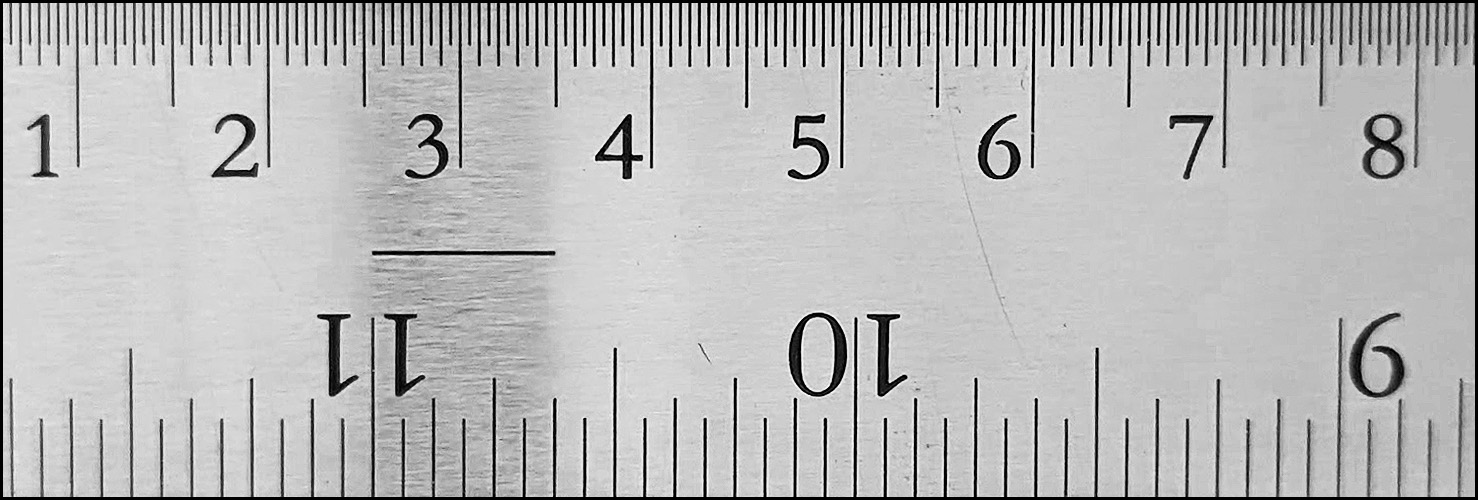A few days ago I noted that Sen. Rick Scott¹ had released an "11 Point Plan to Rescue America" which included a proposal to ensure that everyone pays at least some federal income tax. He wants no more of those free riders who pay zero in taxes.
As I mentioned, the problem with this is not that a bunch of folks who pay zero will now have to pay at least one dollar. The problem is that thanks to refundable tax credits like the EITC, lots of poor people pay negative taxes ranging from a few hundred dollars all the way up to thousands of dollars. For those people, a tax of one dollar is an increase of hundreds or thousands of dollars.
So how much does this add up to? The Tax Policy Center crunched the numbers and produced this:
 They estimate that Scott's proposal would raise taxes by about $1 trillion over ten years. The Institute on Taxation and Economic Policy agrees and posted this map of which states will get hit the hardest:
They estimate that Scott's proposal would raise taxes by about $1 trillion over ten years. The Institute on Taxation and Economic Policy agrees and posted this map of which states will get hit the hardest:
 But there's more! Most of the people who pay no income taxes are either college students, disabled, retired, or very poor. Do we really want to raise taxes by thousands of dollars on these people?
But there's more! Most of the people who pay no income taxes are either college students, disabled, retired, or very poor. Do we really want to raise taxes by thousands of dollars on these people?
And there's even more! As Dana Milbank explains, Scott's plan includes lots of other stuff too:
Suppose, for a moment, that the head of the Democratic Senatorial Campaign Committee, the group overseeing the 2022 campaigns of all Democratic senators and Senate candidates, announced that Democrats, if they keep congressional majorities after November’s elections, would enact a plan that would raise taxes on working families more than $1 trillion over 10 years.
Further suppose that this top Democratic official also pledged that the Democratic majority would “sunset” laws that provide Americans with Social Security and Medicare, military retirement benefits, veterans programs, unemployment compensation, student loans, deposit insurance and more. Additionally, the Democrats would...“Gradually end all imports from Communist China.” That’s $600 billion a year in trade.
“Build supply chains that rely solely on American workers and allies.” That would wipe out vast amounts of U.S. foreign investment. “Cut the IRS funding and workforce by 50 percent.” Good luck getting your tax refund. Sell off all “non-essential” government property. Goodbye, national parks? Cut off funds to states “other than disaster relief.” No money for health care, education, housing or roads. “Prohibit debt ceiling increases.” Get ready to default.
Milbank thinks Democrats can make hay with this. It's not as if Scott is just some random fire-breathing backbencher, after all. He's a senior senator who's the head of the National Republican Senatorial Committee. Nor has he backed off his plan, even after Mitch McConnell publicly spanked him for it.
I'm skeptical, but I suppose it might work. I guess it depends on how many Republicans we could sucker into supporting Scott.
¹He's the one who looks eerily like Lex Luthor.






